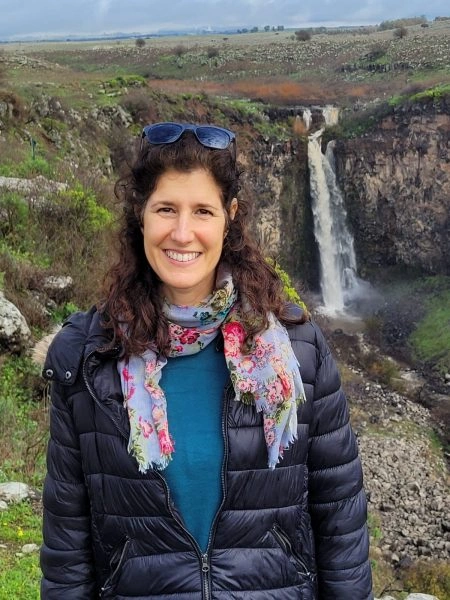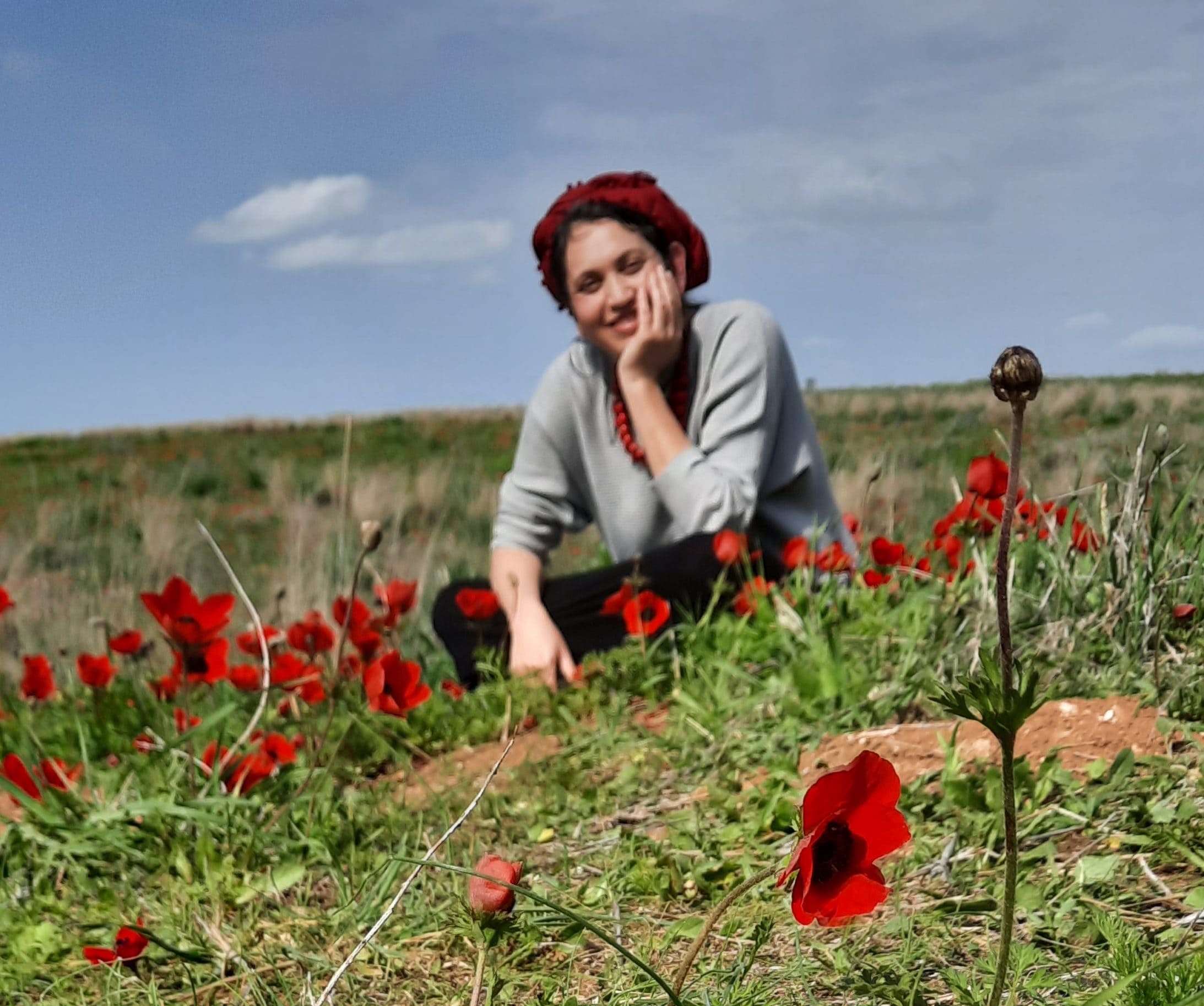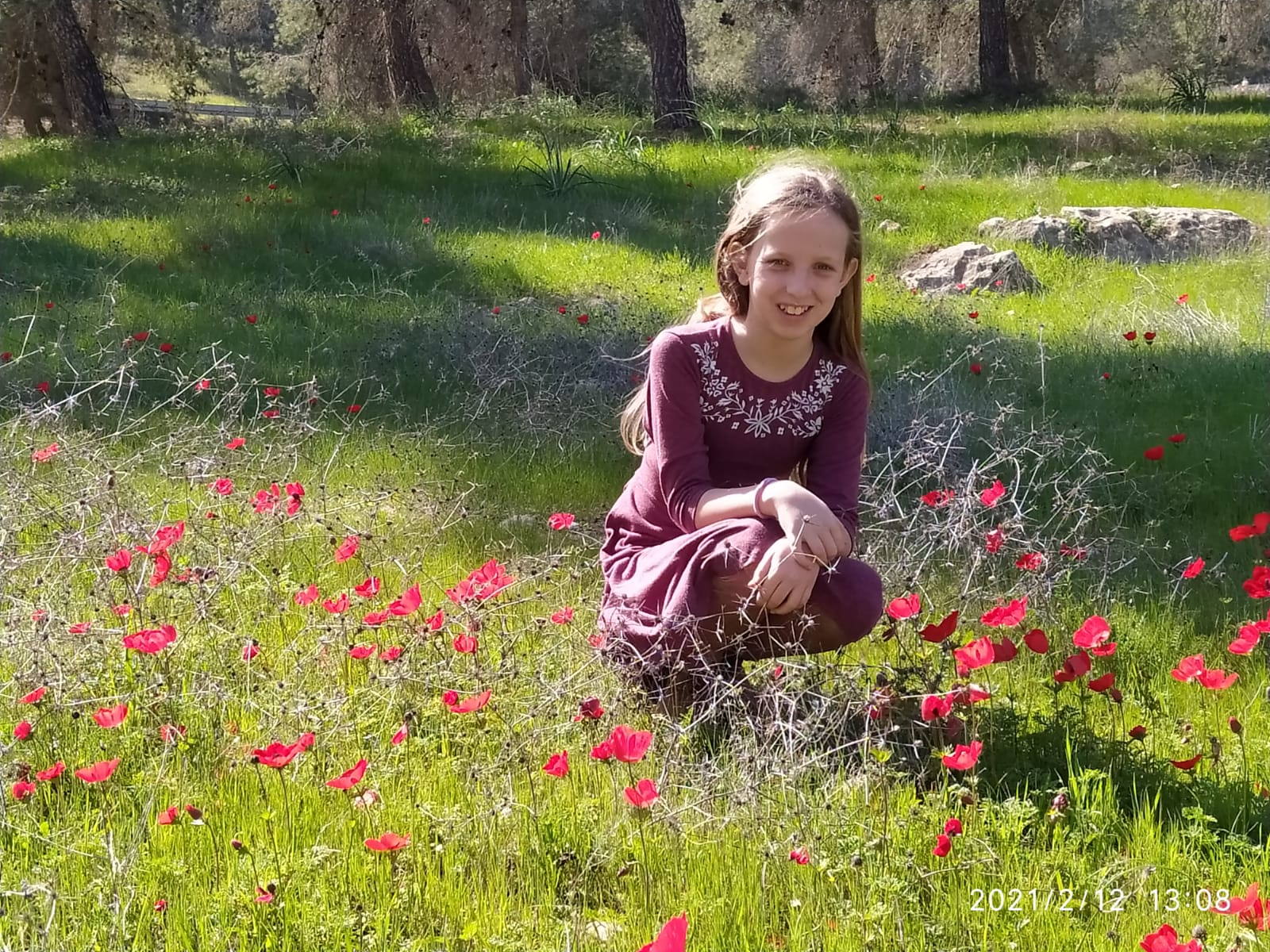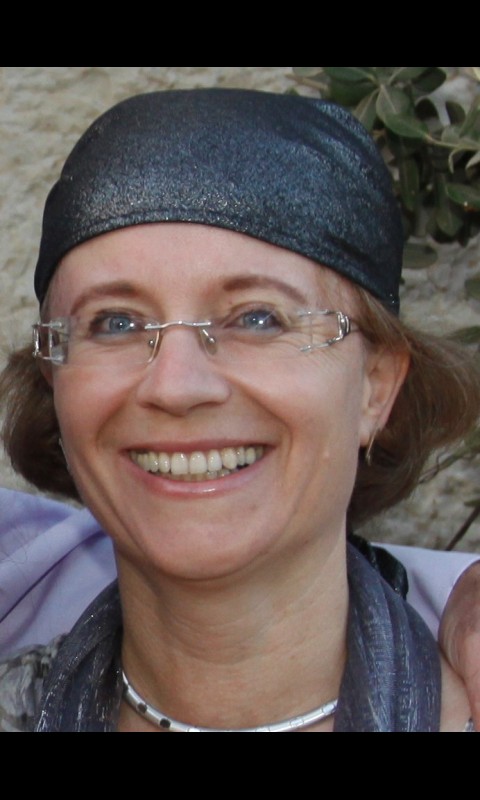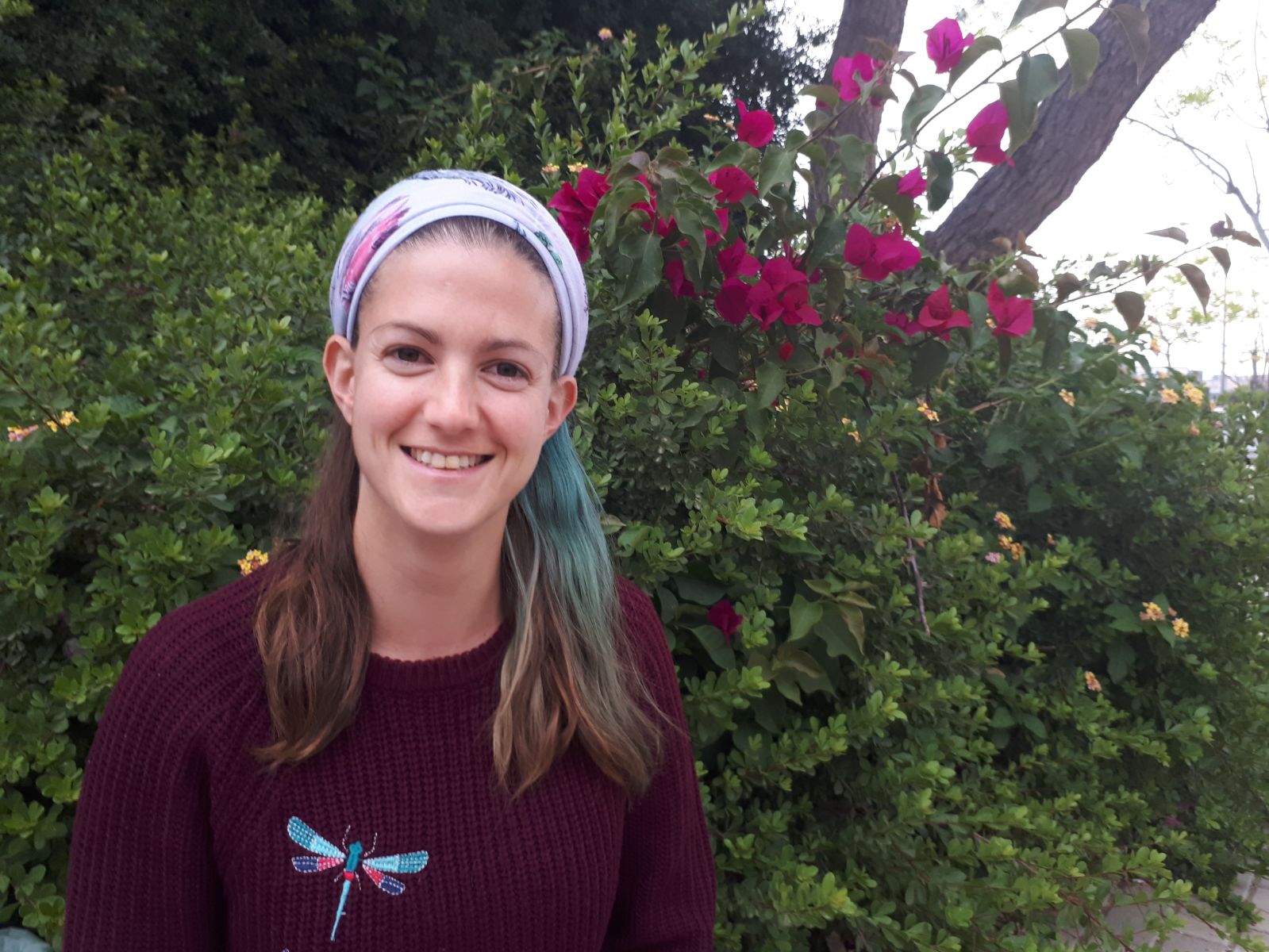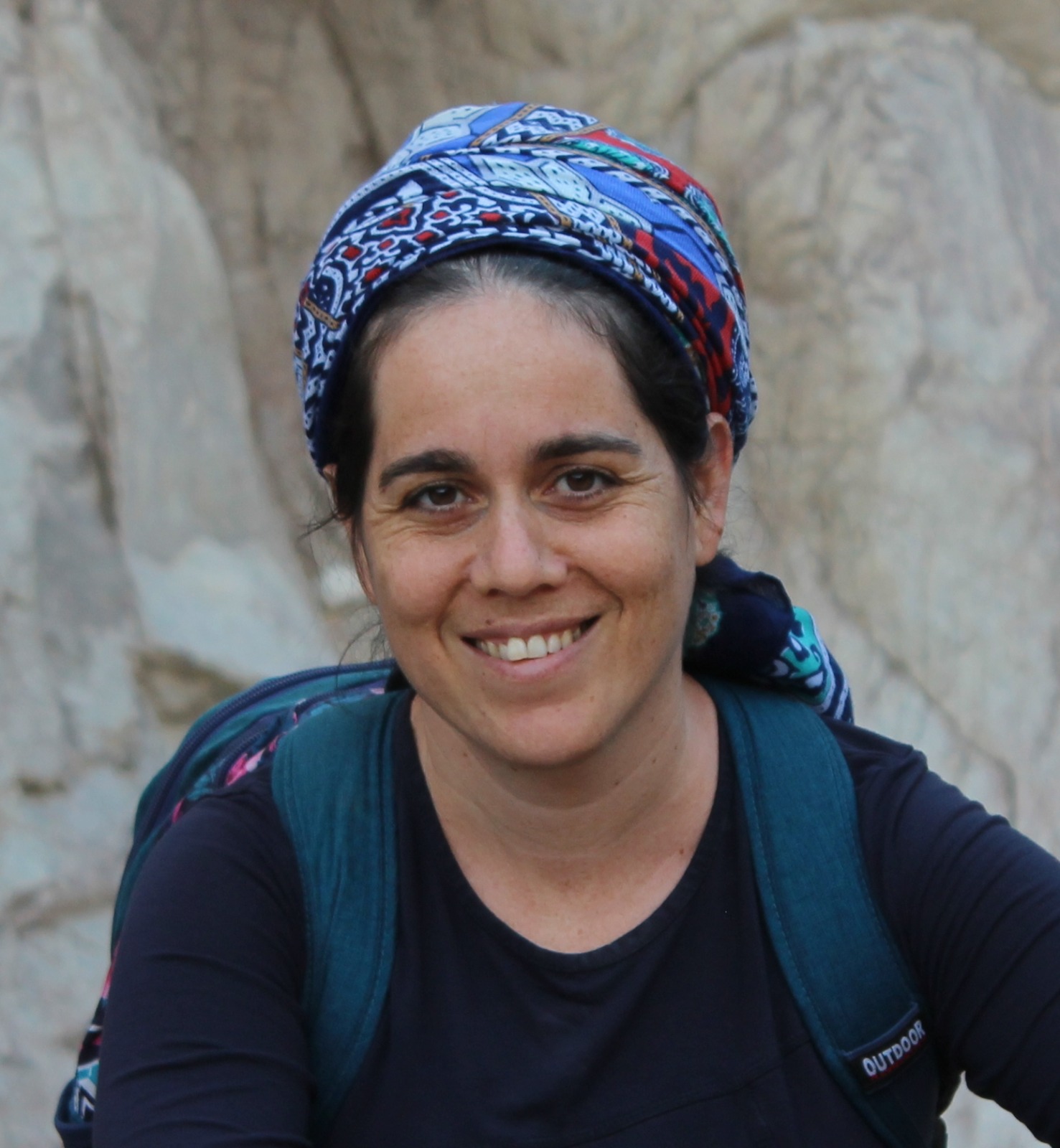מהו ההיתר המיוחד שיש בגיד בזרוע בשלה שאין במקרים אחרים? ולמה בכל אופן אפשר ללמוד את השיעורי ביטול של ששים או מאה ממנה לכל איסורים שבתורה? אביי מקשה על השיטה של מאה ממשנה בערלה. רב דימי מתרץ את הקושי. מהמשנה שלנו מובן שיש טעם בגיד הנשה אבל הדבר תלוי במחלוקת.
לימוד השבוע מוקדש ע”י טינה לם לע”נ יצחק מאיר בן הרב צבי אריה ואסתר בתיה.
רוצים להקדיש למידה? התחל כאן:
לימוד השבוע מוקדש ע”י טינה לם לע”נ יצחק מאיר בן הרב צבי אריה ואסתר בתיה.
העמקה
רוצה להבין מה באמת קורה מתחת לפני השטח של הסוגיה?
שיעורים, פודקאסטים והרחבות של מיטב המורות שלנו יפתחו לך עוד זוויות וכיווני חשיבה.
חדשה בלימוד הגמרא?
זה הדף הראשון שלך? איזו התרגשות עצומה! יש לנו בדיוק את התכנים והכלים שיעזרו לך לעשות את הצעדים הראשונים ללמידה בקצב וברמה שלך, כך תוכלי להרגיש בנוח גם בתוך הסוגיות המורכבות ומאתגרות.
פסיפס הלומדות שלנו
גלי את קהילת הלומדות שלנו, מגוון נשים, רקעים וסיפורים. כולן חלק מתנועה ומסע מרגש ועוצמתי.
חולין צט
וליגמר מיניה גלי רחמנא גבי חטאת (ויקרא ו, כ) כל אשר יגע בבשרה יקדש להיות כמוה שאם פסולה תפסל ואם כשרה תאכל כחמור שבה
The Gemara objects: Let us learn from the case of the nazirite’s ram that the flavor of sacrificial food can be nullified. The Gemara explains: The Merciful One revealed in the Torah with regard to the sin offering: “Whatever shall touch its flesh shall be holy” (Leviticus 6:20). This teaches that the halakhic status of any food that touches and absorbs flavor from a sin offering becomes like it, so that if the sin offering is disqualified, this food shall also be disqualified, and if the sin offering is valid, this food may be eaten in accordance with the stringencies that apply to a sin offering.
ומאי חזית דגמרינן מהאיך ליגמר מהאי חדוש הוא ומחדוש לא גמרינן
The Gemara asks: And what did you see to indicate that we learn the principle of nullification concerning sacrificial food from that verse of the sin offering? Derive it instead from this verse concerning the foreleg of the nazirite’s ram. The Gemara answers: This case of the nazirite’s ram is a novelty, and we do not learn principles from a novelty.
אי הכי למאה וששים נמי לא ליגמר אטו אנן לקולא קא גמרינן לחומרא קא גמרינן דמדאורייתא ברובא בטיל
The Gemara objects: If so, if the case of the nazirite’s ram is not a viable precedent for general halakhic principles, then one should also not learn from that case that when forbidden food is mixed with permitted food of a different type, it is nullified in either one hundred or sixty times its own volume. As discussed above, the two opinions in this regard are both based on the case of the nazirite’s ram. The Gemara responds: Is that to say that we learn that forbidden food is nullified in sixty or one hundred times its volume of permitted food as a leniency? We learn it only as a stringency, as if it were not for this derivation, one would say that by Torah law forbidden food is nullified in a mixture in which there is a simple majority of permitted food.
רבינא אמר לא נצרכא אלא למקום חתך דאמר מקום חתך בעלמא אסור והכא שרי
Ravina said an alternative explanation of the term: This is, that appears in the baraita with regard to the nazirite’s ram. This limitation is necessary only for the place where the foreleg is cut from the body of the ram, as it was said that in a case where permitted and forbidden foods were attached and one cut the forbidden section from the permitted section, the place of the cut on the permitted part is generally forbidden. But here, in the case of the nazirite’s ram, it is permitted.
יתיב רב דימי וקאמר לה להא שמעתא
§ The Gemara returns to discussing the statement of Rabbi Shmuel bar Rav Yitzḥak (98a) that forbidden food is nullified in a mixture only if there is one hundred times its volume of permitted food. Rav Dimi sat and said this halakha.
אמר ליה אביי וכל איסורין שבתורה במאה והתנן למה אמרו כל המחמץ ומתבל ומדמע להחמיר מין ומינו להקל ולהחמיר מין ושאינו מינו
Abaye said to him: And is it true that all the forbidden foods in the Torah that are mixed with permitted foods are nullified only in a mixture containing one hundred times their volume of permitted food? But didn’t we learn in a mishna (Orla 2:6): Why did the Sages say that with regard to anyone who leavens non-sacred food with a leavening agent that is teruma or flavors it with spices of teruma or mixes teruma into non-sacred food, thereby making the food forbidden for non-priests, the halakha is to be stringent if he mixed one type of food that is teruma with non-sacred food of the same type. But the halakha is to be lenient and to be stringent if he mixed one type of teruma with non-sacred food of a different type.
וקתני סיפא להקל ולהחמיר מין ושאינו מינו כיצד גריסין שנתבשלו עם העדשים אם יש בהם בנותן טעם בין יש בהן להעלות במאה ואחד בין אין בהן להעלות במאה ואחד אסור
And it is taught in the latter clause, i.e., in the following mishna (Orla 2:7): When it is stated that the halakha is to be lenient and to be stringent if he mixed one type of teruma with non-sacred food not of its type, how is this accomplished? For example, in a case of split beans of teruma that were cooked with non-sacred lentils, if there are enough split beans relative to the lentils to impart flavor to the lentils, then regardless of whether there are enough lentils to neutralize the split beans in one hundred and one times their volume, i.e., the volume of the lentils is one hundred and one times the volume of the split beans, or whether there are not enough lentils to neutralize the split beans in one hundred and one times their volume, the entire mixture is forbidden to a non-priest.
אין בהן בנותן טעם בין שיש בהן להעלות במאה ואחד בין אין בהן להעלות במאה ואחד מותר
Conversely, if there are not enough split beans of teruma to impart flavor to the lentils, then regardless of whether there are enough lentils to neutralize the split beans in one hundred and one times their volume, or whether there are not enough lentils to neutralize the split beans in one hundred and one times their volume, the mixture is permitted even to a non-priest.
אין בהן להעלות במאה ואחד אלא במאי לאו בששים
Abaye commented: When the mishna says that there are not enough lentils to neutralize the split beans in one hundred and one times their volume, and nevertheless if the split beans did not impart flavor to the lentils, the mixture is permitted, in what amount of lentils are the split beans nullified? Is it not that the split beans are permitted because they are mixed with sixty times their volume of non-sacred lentils? This contradicts the opinion of Rabbi Shmuel bar Rav Yitzḥak.
לא במאה
Rav Dimi answered Abaye: No, the mishna means that although there is not one hundred and one times as much non-sacred food as teruma, the teruma is nullified because there is one hundred times its volume of non-sacred food.
והא מדרישא במאה הוי סיפא בששים דקתני רישא להחמיר מין ומינו כיצד שאור של חטין שנפל לעיסת חטין ויש בו כדי לחמץ בין יש בו כדי להעלות במאה ואחד בין אין בו כדי להעלות במאה ואחד אסור
Abaye responded: But since the first clause states that it is nullified in one hundred times its volume, it must be that the latter clause is referring to a case where there is sixty times its volume. As the mishna (Orla 2:6) teaches in the first clause: When it is stated that the halakha is to be stringent if one type of teruma is mixed with non-sacred food of its type, how is this accomplished? For example, in a case of leaven of teruma wheat that fell into dough made of non-sacred wheat, and there is enough teruma to cause the non-sacred wheat to become leavened, whether there is enough non-sacred wheat to neutralize the teruma in one hundred and one times its volume, or whether there is not enough non-sacred wheat to neutralize the teruma in one hundred and one times its volume, the entire dough is forbidden to a non-priest.
אין בו להעלות במאה ואחד בין שיש בו כדי לחמץ בין אין בו כדי לחמץ אסור רישא וסיפא במאה
But if there is not enough non-sacred wheat to neutralize the teruma in one hundred and one times its volume, then whether there is enough teruma to cause the non-sacred wheat to become leavened or whether there is not enough teruma to cause the non-sacred wheat to become leavened, the entire dough is forbidden to a non-priest. Would you suggest that both the first clause and the latter clause are stating that the teruma is nullified in one hundred times its volume?
לא רישא במאה וחד וסיפא במאה
Rav Dimi answered: No. The first clause is referring to a case where the teruma is mixed with one hundred and one times its volume of non-sacred food, and the latter clause is referring to a case where the teruma is mixed with one hundred times its volume of non-sacred food.
וכי יש בו כדי לחמץ במאה וחד אמאי לא בטיל אישתיק
Abaye asked Rav Dimi: If so, when the mishna states that if there is enough teruma to cause the non-sacred wheat to become leavened the entire mixture is forbidden to non-priests, why is that the case? If leaven is mixed with one hundred and one times its volume of non-sacred wheat it will have no leavening effect, so why is it not nullified? Rav Dimi did not have an answer and was silent.
אמר ליה דלמא שאני שאור דחימוצו קשה אמר ליה אדכרתן מילתא דאמר רבי יוסי בר’ חנינא לא כל השיעורין שוין שהרי ציר שיעורו קרוב למאתים דתנן דג טמא צירו אסור רבי יהודה אומר רביעית בסאתים
Abaye said to him: Perhaps leaven is different, because its leavening properties are potent, and there are some forms of leaven that can have an effect on such a large quantity of dough. Rav Dimi said to him: You reminded me of a matter that Rabbi Yosei, son of Rabbi Ḥanina, said: Not all the measures are equal, because the measure required in order to nullify non-kosher fish brine is close to two hundred times its volume. As we learned in a mishna (Terumot 10:8): The brine of a non-kosher fish is forbidden. Rabbi Yehuda says: A quarter-log of non-kosher fish brine renders kosher food forbidden even if it is mixed with two se’a of permitted food, which is one hundred ninety-two times as much as a quarter-log.
והאמר רבי יהודה מין במינו לא בטיל שאני ציר דזיעה בעלמא הוא:
The Gemara asks: How can Rabbi Yehuda say that fish brine is nullified at all? Doesn’t Rabbi Yehuda say that a type of food mixed with food of its own type is not nullified? The Gemara answers: Brine is different because it is merely sweat, i.e., it does not have the halakhic status of the fish itself.
כיצד משערינן: אמר רב הונא כבשר בראשי לפתות מתני’ דלא כהאי תנא דתניא רבי ישמעאל בנו של רבי יוחנן בן ברוקה אומר אין בגידין בנותן טעם
§ The mishna (96b) teaches: How does one measure whether there is enough sciatic nerve to impart flavor to the meat of the entire thigh? One relates to it as though the sciatic nerve were meat and the thigh were a turnip. If the meat would impart flavor to the turnip when they were cooked together, then the entire thigh is forbidden. The Gemara states that Rav Huna says: The mishna means that it is measured like meat cooked in a pot with turnip heads. The Gemara notes that the mishna is not in accordance with the opinion of this tanna, as it is taught in a baraita: Rabbi Yishmael, son of Rabbi Yoḥanan ben Beroka, says: Sciatic nerves do not impart flavor at all.
ההוא דאתא לקמיה דרבי חנינא הוה יתיב רבי יהודה בר זבינא אבבא כי נפק אמר ליה מאי אמר לך אמר ליה שריא ניהליה
There was a certain man who came before Rabbi Ḥanina to ask about the status of a thigh of an animal that was cooked with its sciatic nerve, and Rabbi Yehuda bar Zevina was sitting at the gate. When the man left, Rabbi Yehuda bar Zevina said to him: What did Rabbi Ḥanina say to you? The man said to him: He permitted me to eat the thigh.
אמר ליה הדר עייליה לקמיה אמר מאן האי דקא מצער לי זיל אימא ליה למאן דיתיב אבבא אין בגידין בנותן טעם
Rabbi Yehuda bar Zevina said to him: Bring the animal before him again; perhaps he did not fully understand the question. When the man returned to Rabbi Ḥanina, Rabbi Ḥanina said: Who is this person who is bothering me? Go and say to the individual who is sitting at the gate, i.e., Rabbi Yehuda bar Zevina: Sciatic nerves do not impart flavor. Consequently, he can remove the sciatic nerve and the rest of the meat is permitted.
כי אתו לקמיה דרבי אמי משדר להו לקמיה דרבי יצחק בן חלוב דמורי בה להיתירא משום דרבי יהושע בן לוי וליה לא סבירא ליה והלכתא אין בגידין בנותן טעם:
When people would come before Rabbi Ami to ask about the halakha of a thigh that was cooked with the sciatic nerve inside, he would send them before Rabbi Yitzḥak ben Ḥalov, who would rule leniently about this issue and say that is was permitted, in the name of Rabbi Yehoshua ben Levi. Rabbi Ami himself did not hold accordingly, but he did not wish to rule stringently for others. And the halakha is that sciatic nerves do not impart flavor at all.
גיד הנשה שנתבשל: וליבטול ברובא
§ The mishna states (96b): With regard to a sciatic nerve that was cooked with other sinews, when one identifies the sciatic nerve and removes it, the other sinews are forbidden if the sciatic nerve was large enough to impart flavor. And if he does not identify it, all the sinews are forbidden because each one could be the sciatic nerve. The Gemara challenges: Let the sciatic nerve be nullified by a simple majority.




















